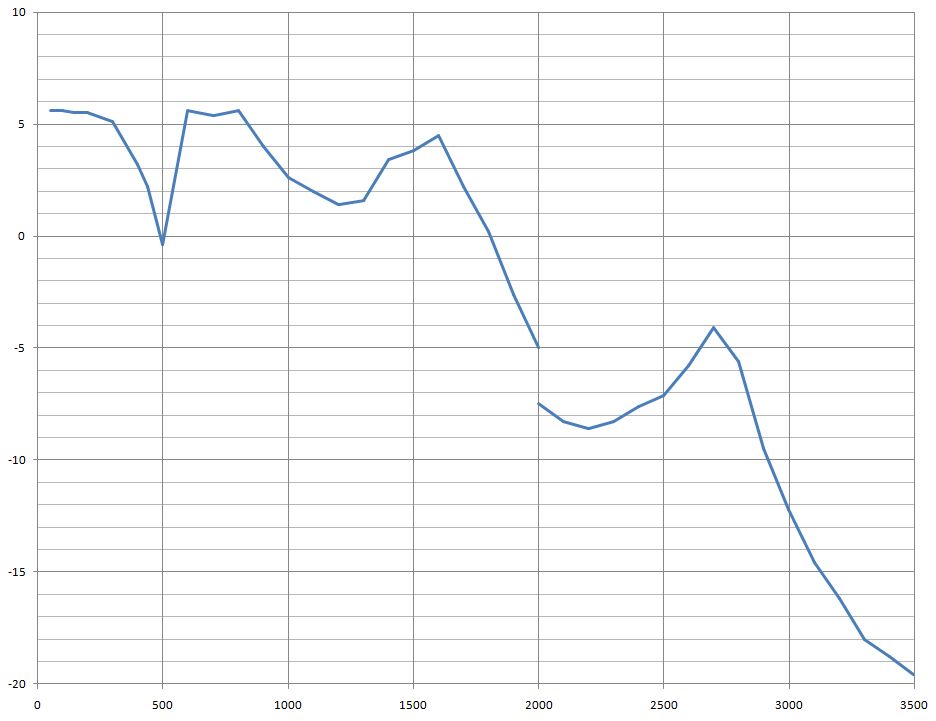Difference between revisions of "Portsdown 2020 LimeSDR USB"
| (One intermediate revision by the same user not shown) | |||
| Line 1: | Line 1: | ||
| − | Portsdown | + | Portsdown Buster Software Version 202003301 re-introduces support for the LimeSDR USB. This capability was previously untested and, on testing, was found to suffer from incorrect antenna switching. This is rectified in 202003301. |
===Use of the LimeSDR USB=== | ===Use of the LimeSDR USB=== | ||
Latest revision as of 20:07, 6 April 2020
Portsdown Buster Software Version 202003301 re-introduces support for the LimeSDR USB. This capability was previously untested and, on testing, was found to suffer from incorrect antenna switching. This is rectified in 202003301.
Use of the LimeSDR USB
The LimeSDR USB is power-hungry and may not operate correctly if powered from a single USB2 port. Either use a powered USB3 hub, a Y-lead to take power from 2 USB2 ports, or use external power.
The tested model of the LimeSDR USB was hardware version 4, and used firmware version 4, protocol version 1, gateware version 2, revision 22 (as reported by the Lime FW info button on the Portsdown). Note that the Lime DVB firmware cannot be used on the LimeSDR USB. The firmware on a connected LimeSDR USB can be updated by using the "U/D LNM or Lime USB" button. This simply runs "LimeUtil --update" and loads the latest available LimeSDR firmware to a connected LimeSDR USB (or LimeNET Micro - hence LNM). This will only work correctly if a valid internet connection is available.
"Lime USB" must be selected as the Output Device.
The RF Output is from TX1 Low for frequencies below 2 GHz and TX1 High for frequencies above 2 GHz.
If fitted and connected, the fan is initially set to auto, but is set to continuous during transmissions.
There is a significant calibration spike before transmission; use the delayed PTT function on GPIO pin 40 of the Raspberry Pi to ensure that your PA does not switch on until after calibration. One of the LimeUSB FPGA GPIOs has been set to switch as a secondary source of safe PTT, but this has not been tested.
LimeSDR USB Power Output Levels
There is significant variation in the output power available across the frequency band. The ouput power (dBm) with Lime Gain set to 88 on a 333 kS DVB-S2 H264 transmission is shown below. Output was measured from TX1 Low below 2 GHz and from TX1 High above 2 GHz.
Output levels were typically 8 dB higher at Lime Gain 100 and 8 dB lower at Lime Gain 80. Note that the Lime Gain power output steps are not uniform.
